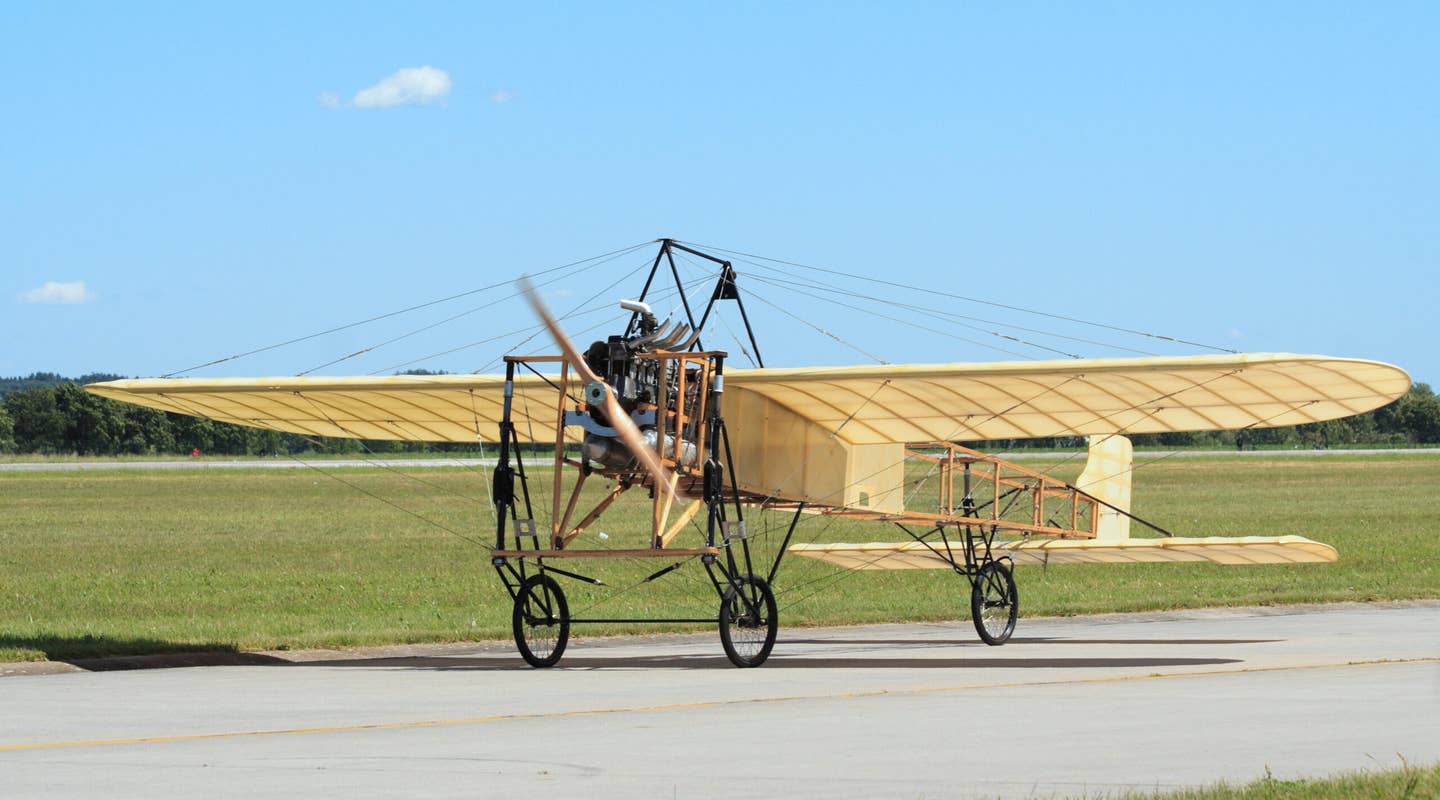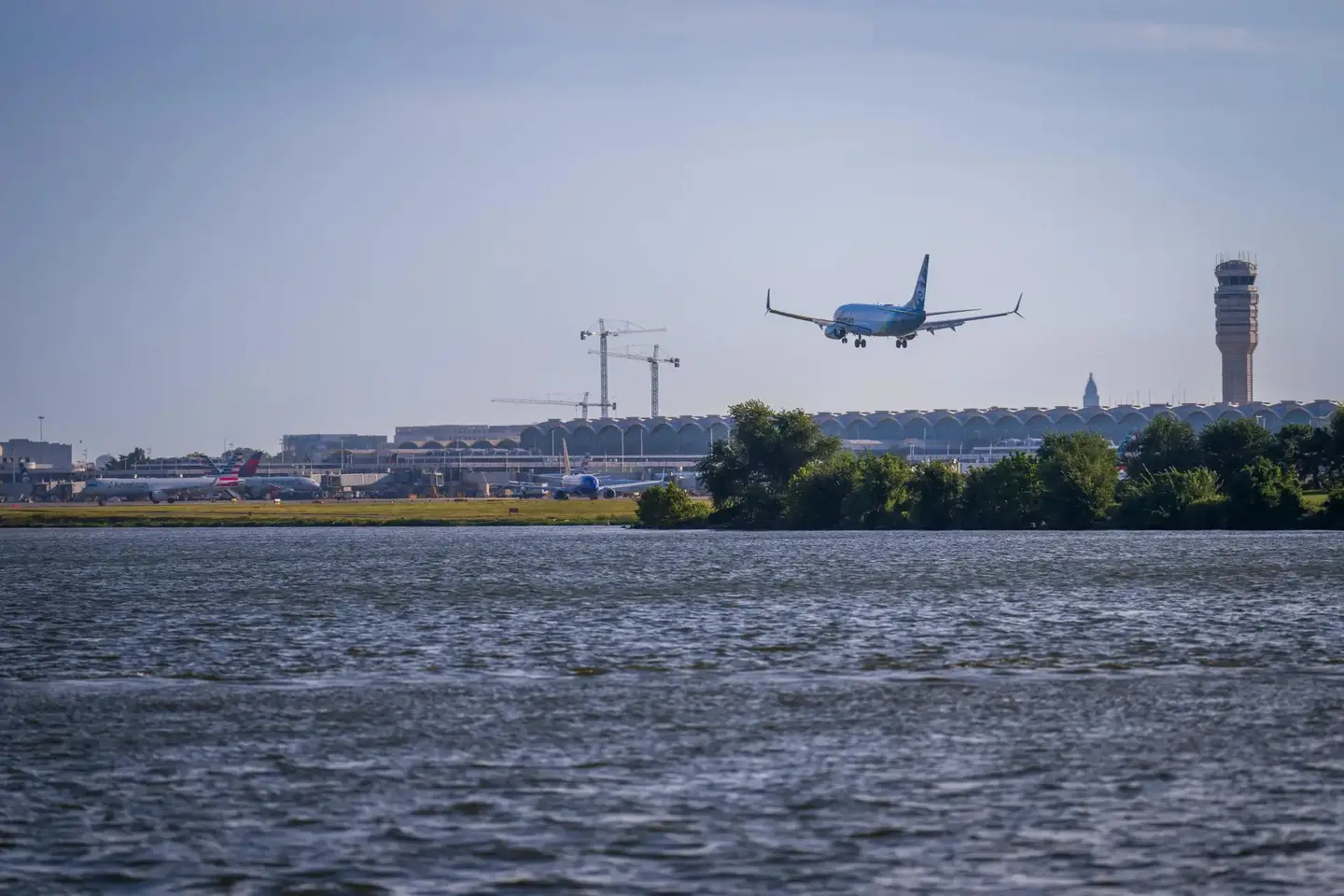They Just Didn’t Have the Wright Stuff
Other designs all chose to pin the tail on the airplane.

Longitudinally unstable to a point that would be unimaginable today, and with sketchy roll-and-yaw control, the Wright Flyer machines were not really ‘simplicity itself’ to fly. [Adobe Stock]
On October 28, 1908, the New York Times reported, under the headline “WRIGHT TEACHES FLYING,” that Wilbur Wright was teaching a certain Count de Lambert to fly. European nobility habitually shored up its ruins with heaps of names. The full handle of Wright’s pupil, who was his first, was Charles Alexandre Maurice Joseph Marie Jules Stanislas Jacques de Lambert.
After three flights totaling 35 minutes, the count told the Times reporter that the “handling of the aeroplane was simplicity itself, and he was confident that he would become proficient in a very short time.”
If you're not already a subscriber, what are you waiting for? Subscribe today to get the issue as soon as it is released in either Print or Digital formats.
Subscribe NowDe Lambert was a serious experimentalist himself, specializing in hydrofoil boats. He bought two Wright Flyers. When the London Daily Mail offered a 1,000-pound prize—nearly $200,000 today—for the first crossing of the English Channel by a heavier-than-air flying machine, Lambert entered the race.
Unluckily, he damaged his Flyer while practicing. Longitudinally unstable to a point that would be unimaginable today, and with sketchy roll-and-yaw control, the Wright machines were not really “simplicity itself” to fly. Lambert, injured in the accident, abandoned his assault on the Channel.
His rivals were Hubert Latham, an aristocratic Frenchman who had made a reputation as a skilled operator of a Levavasseur Antoinette monoplane, and Louis Blériot, the inventor of the automobile headlamp and an innovator who took a stab at every imaginable configuration until, on his 11th try, he and his chief designer, Raymond Saulnier, got it right.
Latham, a committed smoker, had demonstrated the stability of his Antoinette in flight by releasing the controls and lighting up. On his first attempt at crossing the Channel, his engine failed a few miles off the French coast. Rescuers arrived to find the debonair Latham seated in his floating airplane, smoking a cigarette in an elegant ivory holder. He had accomplished, if nothing else, aviation’s first successful ditching.
- READ MORE: Explaining the Fiction of Minimum Speed
It was Blériot, however, who, taking off a few days later during a break in persistently windy weather, alit atop the White Cliffs of Dover after a 35-minute flight. His success conferred on him a measure of fame that anticipated, if in miniature, the wave of adulation that would break over Charles Lindbergh 18 years later.
Demand for his Model 11, and for plans, soared. The oldest flyable airplane in the world today is a Blériot 11 built from plans, between 1909 and 1911, by two teenage brothers in Colorado.
Blériot’s success, and the publicity that accompanied it, must have created a presumption that airplanes that looked like his were good. Indeed, to a modern eye the Blériot 11 looks more correct than either the spindly Antoinette or the which-end-is-the-front Wright. The sizes and arrangement of its wing and horizontal stabilizer—the things that make an airplane look like an airplane—are similar to those of any small monoplane of the 1930s and later.
Did Blériot’s success and Lambert’s failure throw shade on the Wright Flyer? Perhaps. The easy virtuosity of Wilbur Wright’s piloting had dazzled his European counterparts in 1908, but, despite the profound impression it made, his airplane did not become a template for further developments.
One of the great surprises of the early history of aviation was the rapid extinction of the configuration—elevators in front, rudders in back—of the Wright Flyer. The sensation created by Blériot’s achievement must have had something to do with that.
If it’s surprising that the Europeans did not follow the Wrights’ lead, it should perhaps be even more surprising that the brothers chose the configuration that they did. Tails in back had always seemed the logical choice.
The first person to define an airplane on rational principles was an Englishman, Sir George Cayley, around 1810. It had monoplane wings and a bird-like tail. In 1871, French inventor Alphonse Pénaud created a model airplane with a propeller powered by a twisted rubber band. It had monoplane wings and horizontal tail surfaces, flew beautifully, and is recognizable as a sound design today.
When Otto Lilienthal began adding stabilizing surfaces to his weight-shift hang gliders, he put them behind the wing. Many examples of what we now regard as the conventional configuration—wing in front, tail in back—were to be found prior to 1903, and were known to the Wrights. The Wrights’ own glider of 1902 had the stabilizer in the back.
Although there was ample evidence that longitudinal stability, and therefore ease of piloting, was best served by placing the stabilizer at a considerable distance—three wing-chord lengths, say, behind the wing—the Wrights instead put it a short distance in front and then learned to live with the resulting instability.
Why did the Wrights choose the canard configuration, which most other designers quickly rejected?
I suspect that several factors were in play. One was Wilbur’s belief that inherent stability was unnecessary, since the human pilot could be relied upon to control the path of the airplane through the air. The Wright family’s business was bicycles, unstable machines that must be guided by their riders. Bicycles, furthermore, use the front, not the rear, wheel for steering.
It may also have seemed desirable to put the pitch control in undisturbed air and, since any collision with the ground was absolutely to be avoided, to place it at the front, where it would lift the nose of a diving aircraft away from the approaching ground rather than merely push its tail down toward it.
- READ MORE: The Craft of Providing Variety in Airplanes
There may have been a Darwinian element—survival of the fittest—in the canard configuration’s failure to thrive. Canard airplanes can be quite excellent, as many Burt Rutan designs, beginning with the VariViggen and VariEze, demonstrated. When they are properly designed and loaded, they are almost wholly resistant to stalling—a property of inestimable value.
But there’s a hitch.
A canard airplane that is improperly designed or loaded too far aft—and that includes one whose center of gravity (CG) coincides with the center of lift of the main wing—may stall in such a way that recovery from the stall is impossible. Since the principles of correct canard design were unknown early in the 20th century, and the middle of the wing was the intuitively logical place to put the CG, the odds that a tail-forward airplane might have dangerous characteristics were very high.
Evidently the Wrights considered longitudinal stability a minor matter compared with lateral control, over which they litigated with other designers, notably Glenn Curtiss, for years. Ironically, the general operation of lateral control seems obvious today, and it can be implemented in many ways, whereas longitudinal stability is rather subtle and full of pitfalls.
Wilbur Wright died of typhoid fever in 1912. By then the triumph of the tail-aft configuration was evident. I wonder what he thought about the swift extinction of his brainchild?
This column first appeared in the October Issue 951 of the FLYING print edition.

Sign-up for newsletters & special offers!
Get the latest FLYING stories & special offers delivered directly to your inbox







